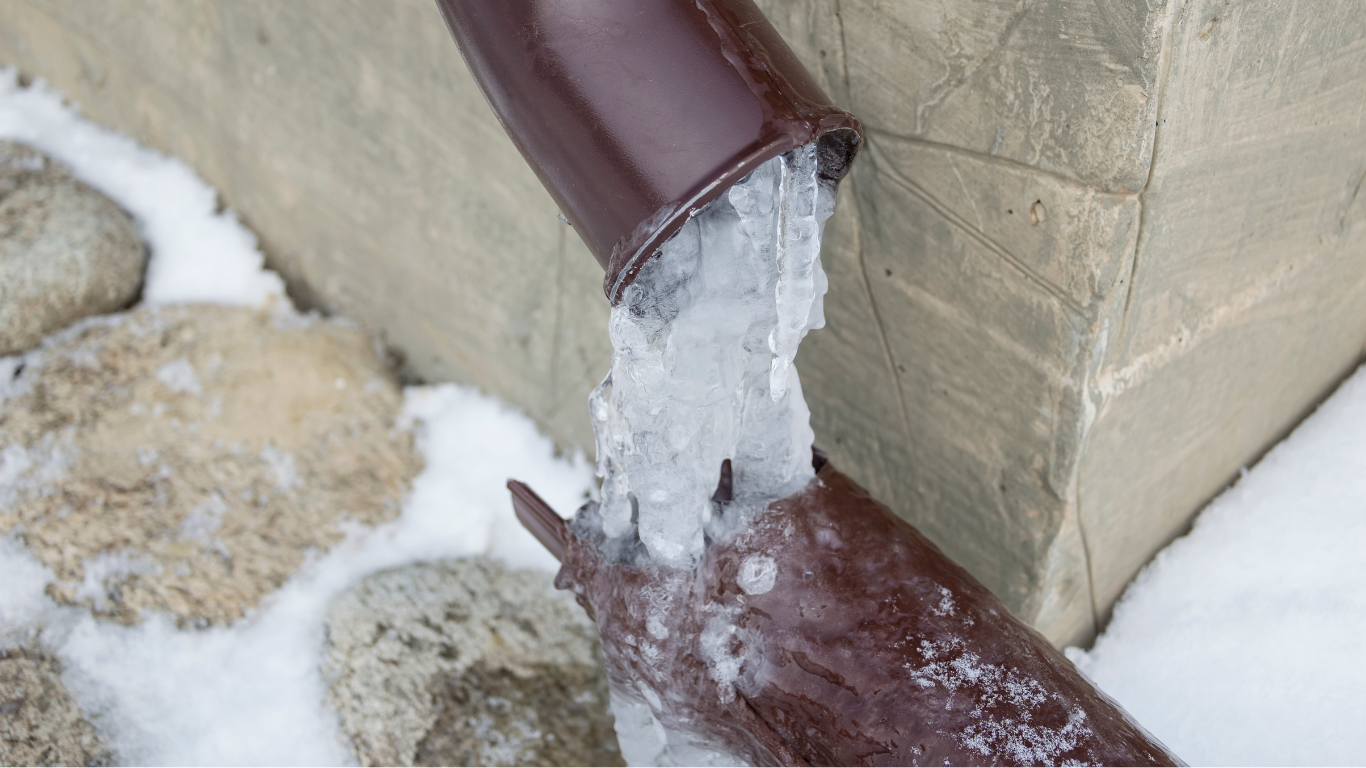Cold weather spares no one. Learn more on “4 Crucial Tips to Stop Your Pipes from Freezing This Winter.” Winter Can Be Harsh on Your Home.
As the temperature drops, one of the biggest concerns for homeowners is frozen pipes. A single frozen pipe can burst, leading to flooding, costly repairs, and major disruptions in your home.
The good news? With a few preventative steps, you can protect your plumbing system, avoid headaches, and keep your home safe all winter long. This article highlights expert strategies to prevent frozen pipes before they become a serious problem.
Learn more on “4 Crucial Tips to Stop Your Pipes from Freezing This Winter.”
Get Home Protection Today
4 Crucial Tips to Stop Your Pipes from Freezing This Winter
Hearing the words “Your pipes have burst” is every homeowner’s nightmare. Burst pipes often mean water damage, expensive clean-up, and long-lasting stress.
Every year, countless households face thousands of dollars in repairs due to this issue, says Joseph Plitnick, licensed plumber and owner of Plitnick Plumbing. The encouraging news is that frozen pipes are largely preventable if you prepare in advance.
According to Plitnick, identifying which pipes are most at risk is the first step. Outdoor pipes are usually the most vulnerable, but pipes in unheated areas—like basements, attics, crawl spaces, and even those under sinks—shouldn’t be overlooked. Below are the key measures he recommends.
Learn more on “4 Crucial Tips to Stop Your Pipes from Freezing This Winter.”
1. Winterize Outdoor Plumbing
Before freezing temperatures arrive, disconnect and store outdoor hoses. Shut off exterior spigots and drain any remaining water from the lines.
“After shutting off the valve, let the spigot run for about an hour until the water completely stops,” explains Plitnick. Leaving the valve open through winter allows you to spot leaks early and fix them before spring.
2. Insulate Exposed Pipes
Pipes in basements, garages, crawl spaces, and attics are especially vulnerable. Wrap them with foam or fiberglass insulation for added protection.
To apply insulation:
- Clean the pipes with a damp cloth to remove dirt and grease.
- Wrap the foam around the pipe and secure it with duct tape.
- For high-risk pipes, use electric heat tape for additional warmth.
If some pipes are difficult to access, don’t hesitate to call a plumber for help.
3. Keep Indoor Temperatures Steady
Maintaining a consistent indoor temperature—day and night—goes a long way in preventing frozen pipes. Plitnick also suggests leaving kitchen and bathroom cabinet doors open so warmer air can circulate around exposed pipes.
For added safety during extreme cold, allow faucets to drip slowly overnight. Even a small flow of water can prevent pipes from freezing.
4. Know What to Do if Pipes Freeze
Despite your best efforts, pipes can still freeze during severe cold snaps. If you turn on a faucet and no water flows, it may mean the line is frozen.
Plitnick recommends immediately shutting off the main water supply (usually located in the basement near the water meter) and leaving the faucet open. After that, call a licensed plumber right away. Thawing should only be done by professionals to avoid further damage.
Final Thoughts
Preventing frozen pipes is one of the smartest ways to protect your home during the winter months. Simple steps like draining outdoor lines, adding insulation, maintaining heat, and knowing how to respond to freezing can save you thousands in potential damage.
A little preparation today ensures your plumbing system stays safe and functional all season long—keeping your family comfortable and stress-free.
Learn more on “4 Crucial Tips to Stop Your Pipes from Freezing This Winter.”










